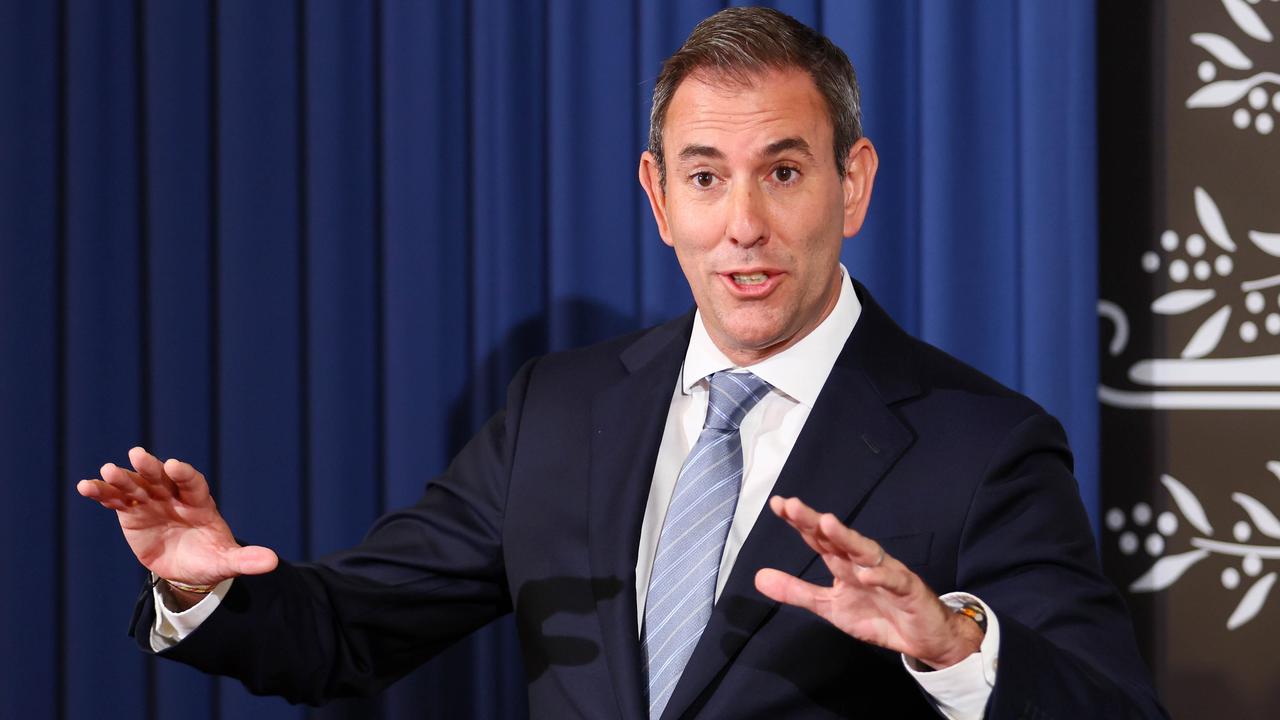Budget 2017: Wage boosts ahead with Australia set for surplus
THE federal Budget will be back in the black to a tune of $7.4 billion in four years, according to Treasury forecasts.
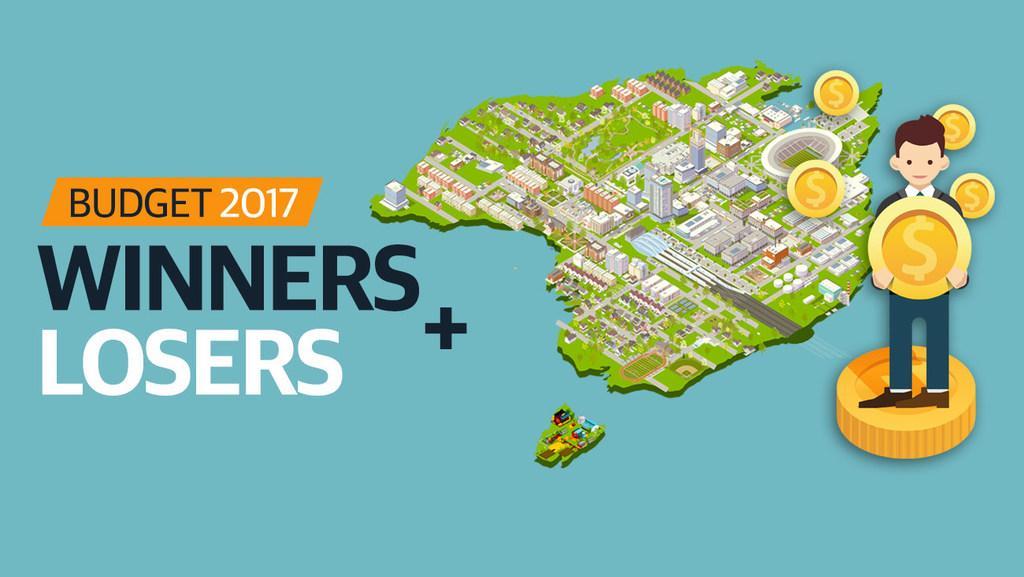
THE federal Budget will be back in the black to a tune of $7.4 billion in four years, according to Treasury forecasts.
But the numbers start looking better a year earlier, with the government revealing it would stop borrowing to pay for everyday spending, including healthcare, by June 2020.
Clawing back a forecast $29.4 billion deficit this coming year, the government is expected to begin repaying its debt pile by mid-2021 — but only after it has hit $663.8 billion.
IN DEPTH: Scott Morrison resets Government’s agenda in Budget 2017
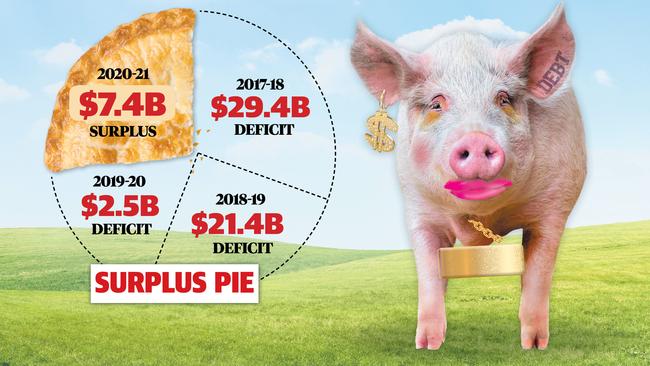
Treasurer Scott Morrison painted a rosier picture of economic growth in coming years amid a global recovery that is expected to increase wages by 3 per cent for the year ending June 2019, and even higher in following years.
“It’s been a fair while since most hardworking Australians have had a decent pay rise,” he said.
“I believe, though, that we are now moving towards the end of this difficult period. The signs of an improving global economy are there to see.
2017 Federal Budget: 11 things you need to know
“There is clearly the potential for better days ahead.”
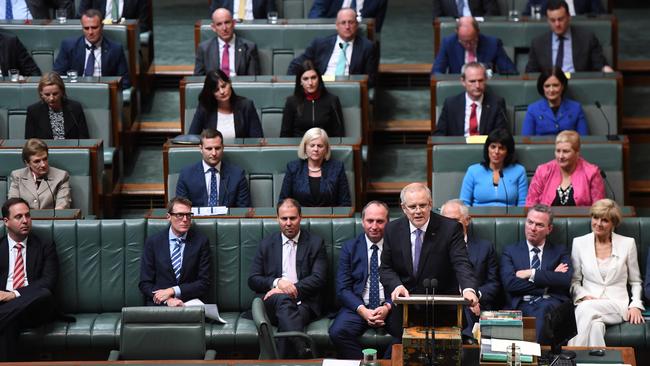
Mr Morrison said despite the government accepting it wouldn’t be able to pass more than $13 billion in savings stymied in the Senate, he remained committed to returning the budget to surplus by June 2021.
But he has separated out everyday government spending — for welfare, education, defence and healthcare — from long-term investments in infrastructure, on which the government will continue to spend more than $20 billion every year.
The government will borrow $19.8 billion for everyday spending this coming year, $10.8 billion the following year, but will bring in $7.6 billion more than it costs in 2019-20. The overall budget bottom line will be in deficit by $21.4 billion next year and $2.1 billion in 2019-20.
Last year’s budget, Mr Morrison’s first, forecast a $26.1 billion deficit this year, $15.4 billion the next and $6 billion in 2019-20.
Predecessor Joe Hockey’s first budget in 2014 expected a deficit of only $2.8 billion this year.
Treasury’s budget forecasts are more optimistic than the outlook of many investment banks, including HSBC, which estimated a deficit of around $9 billion in 2019-20.
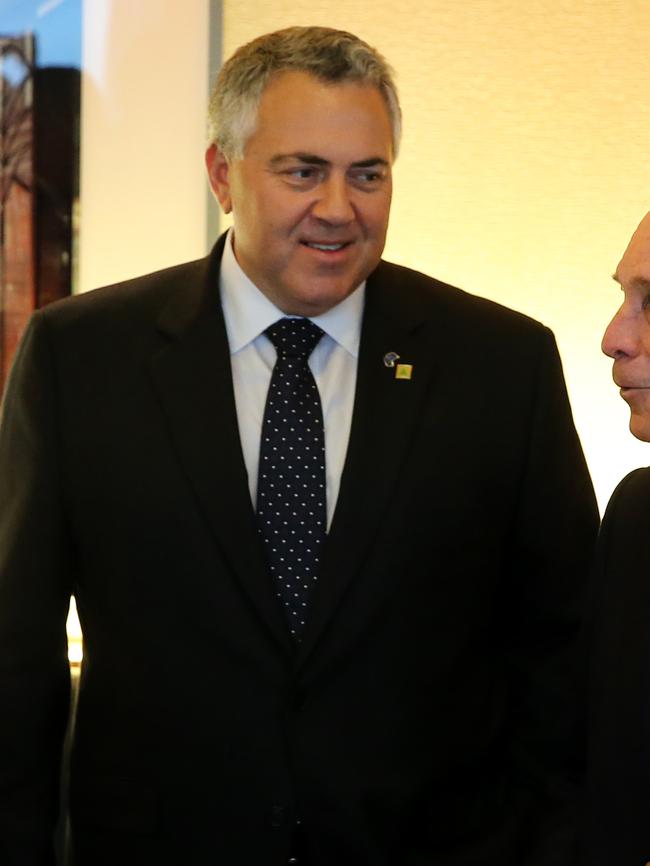
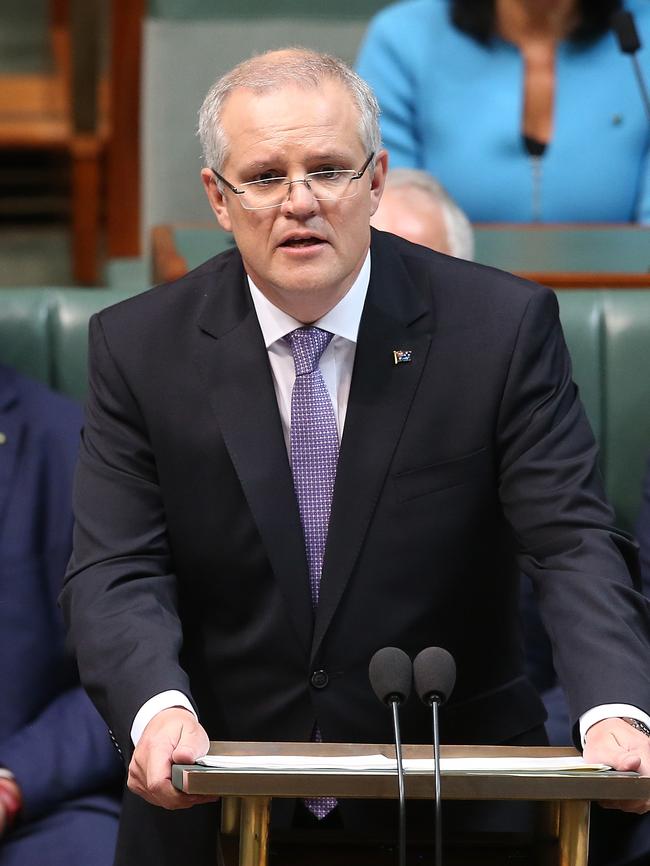
But the better-than-expected outcome will help the government keep its coveted AAA credit rating. “Despite ongoing budget deficits, we do not expect Australia to lose its AAA credit rating,” HSBC chief economist, Paul Bloxham, said.
Treasury forecasts show the economy consistently growing by 3 per cent starting in 2018.
Originally published as Budget 2017: Wage boosts ahead with Australia set for surplus

